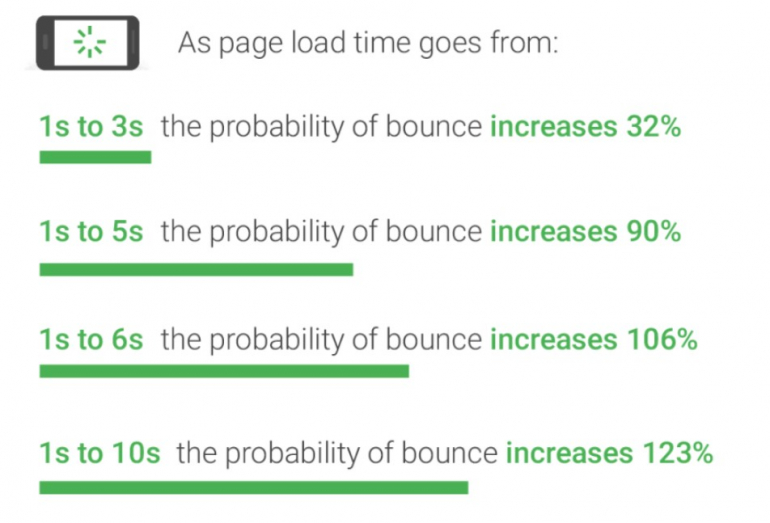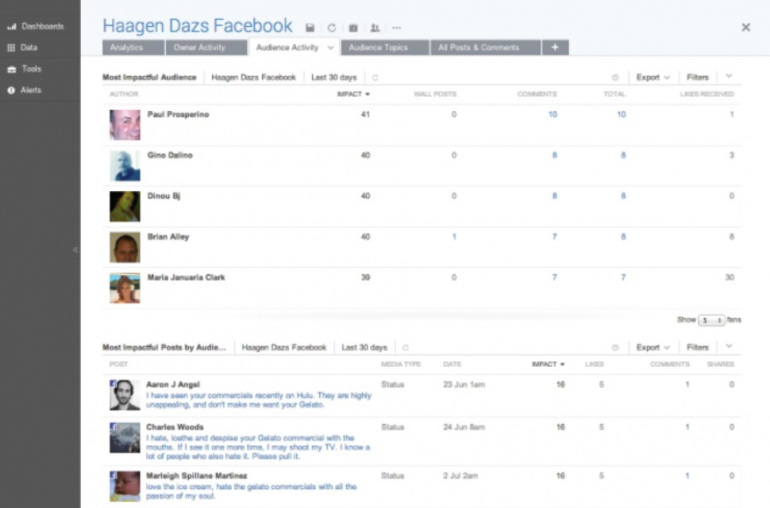Assessing Today’s User Experience and Its Growing Impact on SEO
When the internet was in the early stages of development, the practice of search engine optimization (SEO) relied heavily on getting targeted keywords on your website’s pages as many times as possible. In recent years, however, search engines, especially Google, have been placing a heavy priority on providing users with the best possible online experience. While keywords are still very important, SEOs, web designers, and content specialists must work in unison to place the user at the forefront of their efforts.
As time went on, Google’s algorithm slowly began to think more like the everyday user. With each new update, the meaningful relationship between SEO and user experience (UX) became more apparent. Website UX, in a nutshell, is the focus for how people actually use your website. In the name of providing users with meaningful experiences and credible information, the relationship between UX and SEO was born. Nowadays, this concept has spread across the web. Social media platforms, namely Facebook, have also started focusing on more user preferences and the overall experience.
When talking about the general concept of SEO, there are very few guarantees. However, you can certainly bank on the fact that Google will continue to fine-tune its infamously secretive algorithms. Based on the history and trends, it appears as though UX will continue to take on a bigger role in SEO with each passing update.
Let’s discuss the major components of website UX and how you can use them to benefit your search rankings.
1. Website Loading Speed
We are living in the age of high-speed internet. Naturally, users will expect your website to load quickly - whether they are using a computer, phone, or tablet. Think about how you use the internet every day. Would you be reading this article if it took 5, 10, or 20+ seconds to load?
Website speed is one of the first impressions you make with people on the web. Generally speaking, most of today’s online users are not known for their patience. The search engine robots are no different. In terms of SEO and UX, page loading speed is strongly linked to bounce rate. Each extra second your page takes to load can wreak havoc on this metric, and in turn, hurt your page rankings. Furthermore, it can also have an effect on your bottom line.

You can use a variety of tools, like Dareboost or Webpage Test, to test the loading speed of your webpages. If the times aren’t where they need to be, there are a number of surface level fixes you can perform. One of the best ways to improve loading speed is to invest in a Content Delivery Network (CDN). Alternatively, you can host your static files on a cloud that uses CDN. Optimizing the size of images, logo files, graphics, and other visual media on your site can also do a lot to reduce loading speed.
Some of the other solutions might include changing the hosting platform, installing Google Pagespeed on your server, using caching plugins and compressing your website with gzip. As this is a technical issue, however, you should probably discuss the matter with your web developers if your site is experiencing any speed issues.
2. Content Is Still King
When it comes down to it, content is the reason why people spend time on a website. Creating user-oriented content is perhaps the best thing you can do to improve your chances of earning top search engine rankings.
Quality content must be properly supplemented with SEO. Otherwise, very few people will know it exists. Make sure to use the most relevant and trending keywords judiciously in the titles, headers, Meta tags, and main text. If you are getting good traffic on your content, but the bounce rate is high, it might be time to take a closer look at your keyword choice or content quality. This is an indicator that your keywords are targeting the wrong people, or your content needs work, overall. When including keywords throughout your content, always make sure the placement is concise and natural. In other words, relevance and quality reign supreme over keyword density.
When building your site and UX, the content you post needs to be fresh, consistent, and engaging. Break the text into small sizable chunks using paragraphs, headings, sub-headings, and bullet points. Additionally, be sure to add social media buttons to make it shareable.
The key to creating engaging content (both on-site or externally) is to stay on top of trending topics in your niche. In addition to keyword research, tools like Mention and Brandwatch enable you to monitor online chatter surrounding brand names, topics, popular figures, industry terms, and more.

With these insights, you can get a feel for the readers’ point of view when creating your content strategy.
In terms of the visual elements you include, be sure to optimize images and other graphics for SEO with ALT text. The ALT text should clearly describe what is on the image. Try to include the right keyword and be descriptive when creating to make the visual elements more accessible for the search engines. However, you always want to avoid stuffing ALT text with too many keywords – Google will penalize you for this.
Your content strategy plays a key role in bringing people to your site, creating a meaningful UX, and improving your search engine rankings.
3. Navigation and Interaction
The purpose of navigation is to tell users what you offer, as well as provide a path to find relevant information. As previously stated, the search engine algorithms are being made to think more like the everyday user. Therefore, the navigation and site architecture needs to be seamless for both. Using things like descriptive labels and headings make it easier for both readers and search bots to find relevant information.
When creating your site navigation, avoid format-based navigation tabs. Instead, try to use the appropriate keywords on the tabs. Keep it simple. Too many navigation options can overwhelm both readers and search engines.
The positioning of the labels matters, too. Keep most valuable items at the beginning or the end of the list, as they are easier to remember. You can use tools like heat mapping to find out which areas of your site receive the most attention. Use this information to remove or rename seldom clicked tabs and arrange the most important content accordingly.
The internal link structure also increases the ease of navigation, which in turn, helps the search engine crawlers understand what your site is all about. Make sure to use the appropriate anchor text wherever possible. However, keep in mind, adding too many links could deem your page untrustworthy in the eyes of Google.
4. Average Time Spent on Your Site
Average time users spend on your site, or average visit duration, is another indispensable UX metric. It is directly linked to the quality of your navigation, readability, and appeal of the content. It is the time spent reading your posts, watching your videos, filling out forms, or actively consuming any other type of content on your site.
However, this metric doesn’t include the time spent waiting for pages to load. The session begins when the users find the information they want and start consuming it. Furthermore, when people engage with your content (and hence spend more time on your site), they are more likely to tell others about it. Thus, it may increase your traffic numbers, too.
In terms of keeping people on your site, trust plays a crucial role in putting people at ease. Adding things like testimonials of real people, security badges, and a Secure Sockets Layer (SSL) certificate can increase the credibility of your site. You should also display the names of your partners, clients, and validation from prominent media outlets. Don’t forget to show off any awards or achievements you have earned.

Generally speaking, you have a relatively short time window to impress visitors, especially firsttimers. Most people won’t read each and every word on your webpages. That being said, the major elements of your content and UX should be created to be scanned. The flow should exemplify an informational/visual hierarchy that guides users to the most important aspects of your site.

To improve navigation overall, you need to keep the design and layout simple and clutter-free.
5. Click-Through Rate
According to a study released by Searchmetrics, click-through rate (CTR) has the highest correlation with a site’s position in SERPs. CTR is a ratio of the number of times a search listing was clicked to the number of times it was displayed.
Compelling title tags and Meta descriptions can help improve CTR. They are the most crucial of all as they tell both users and search engines about a particular page on your site. The Meta description is the short paragraph of text placed in the HTML of a webpage that appears under your page’s URL in the search results. Consider it as the first contact between the SERPs (Search Engine Results Pages) and the potential customers. It will influence the decision of the readers whether they want to click on your website URL.

You can use a variety of tools, including free headline analyzers to gauge the emotional impact of your headlines, and Search Console from Google to evaluate CTR. You can also look into your competitor’s snippets to get some inspiration to make yours more attractive.
Conclusion
Achieving a healthy balance of UX and SEO is a recipe for online success. SEO makes your website more accessible, while the UX helps attract and convert users. When they converge properly, you get the best of both worlds. As the search engines continue to place more emphasis on the user, the impact of UX on SEO will only grow in the future. Hopefully, the points above will help you assess your website’s user experience and take the necessary steps to increase its ranking.
About the author
Copyright © . All Rights Reserved
